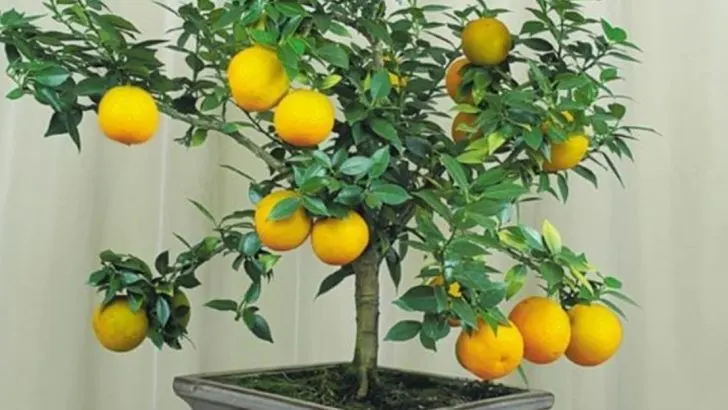Imagine picking fragrant lemons, limes, or mandarins—right from your living room. Miniature citrus trees bring vibrant greenery, uplifting scent, and fresh fruit into your home, making them one of the most rewarding indoor plants to grow.
With the right variety, container, and care, these small-scale trees can thrive indoors year-round. From providing ample light to mastering watering and pruning, a few simple techniques will help your citrus flourish and fruit beautifully.
In this article, learn how to grow miniature citrus trees indoors—and enjoy a taste of the orchard, no matter the season.
Selecting the Right Variety
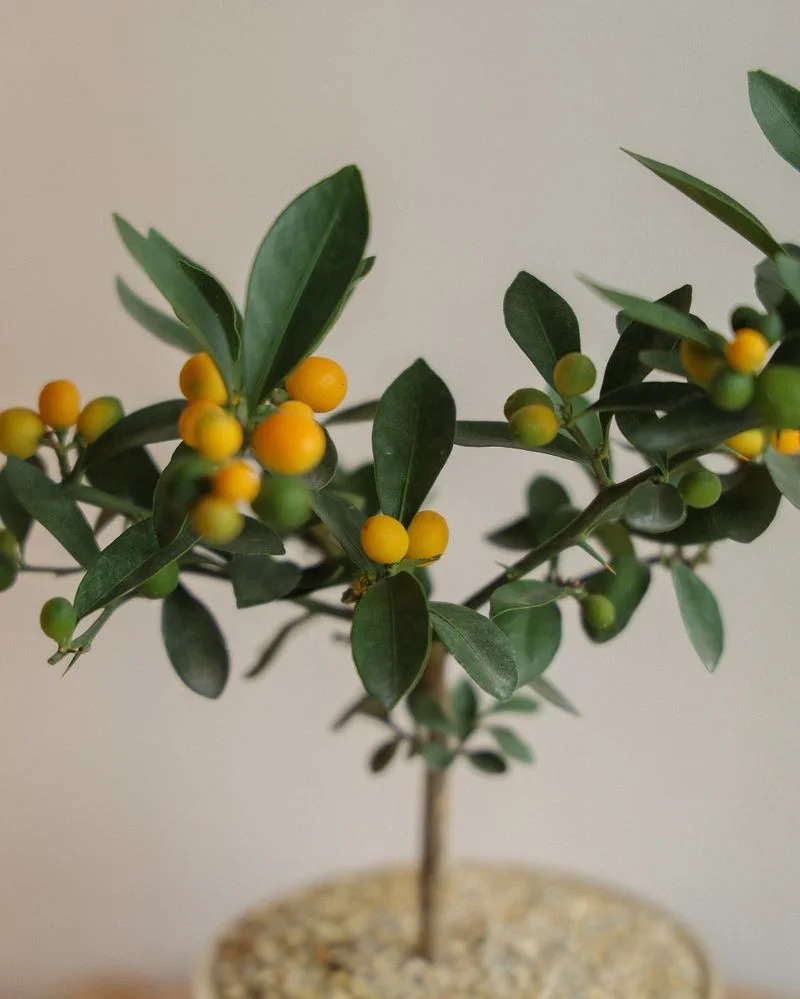
Choosing the right variety is crucial for indoor cultivation. Miniature citrus trees like Meyer lemon and Calamondin are popular choices. Their compact size and adaptability make them perfect for indoor settings. Consider the available light and space, as some varieties require more care and room to thrive. A well-chosen tree will suit your environment and lifestyle, ensuring a fruitful experience. Not only will these trees produce delicious fruits, but they will also bring a touch of the Mediterranean into your home. Begin by researching which variety aligns best with your space and climate.
Optimal Light Conditions
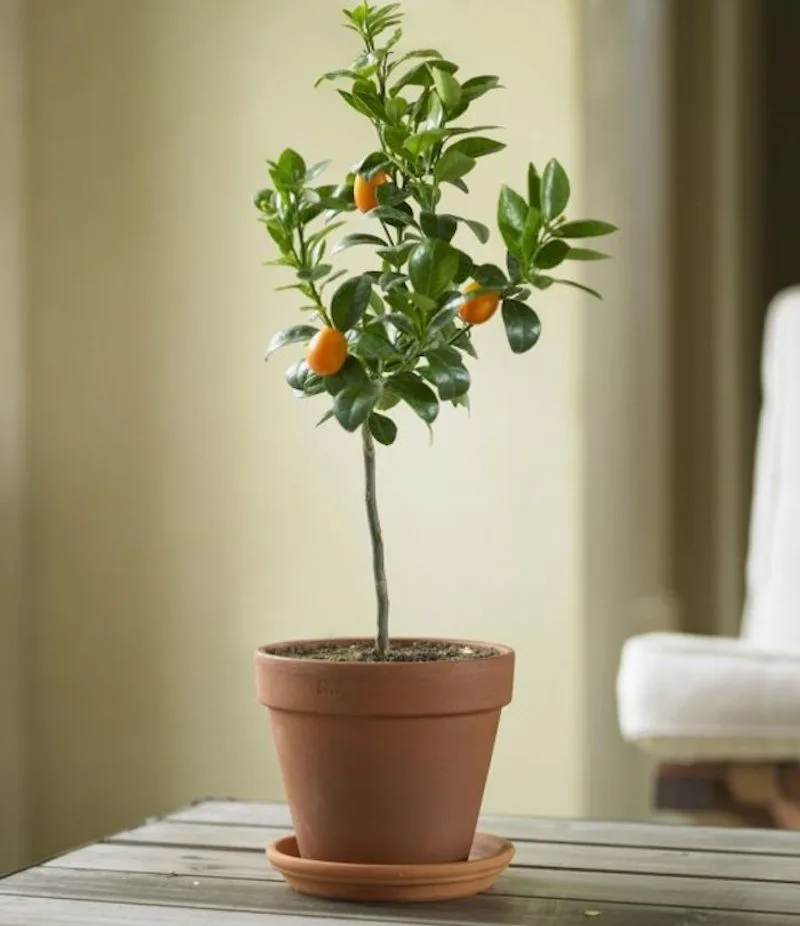
Sunlight plays a pivotal role in the growth of citrus trees. Position your tree in a spot where it can receive at least 8 hours of sunlight daily. East or south-facing windows are ideal. In low-light conditions, consider supplemental lighting with grow lights to mimic the sun’s rays. Proper lighting will encourage robust growth and fruit production. Keep an eye on the foliage; yellowing leaves may indicate insufficient light. By ensuring adequate light, you’ll foster a thriving tree that rewards you with vibrant blooms and fruits. Remember, light is the lifeline of your citrus tree.
Soil and Potting Needs
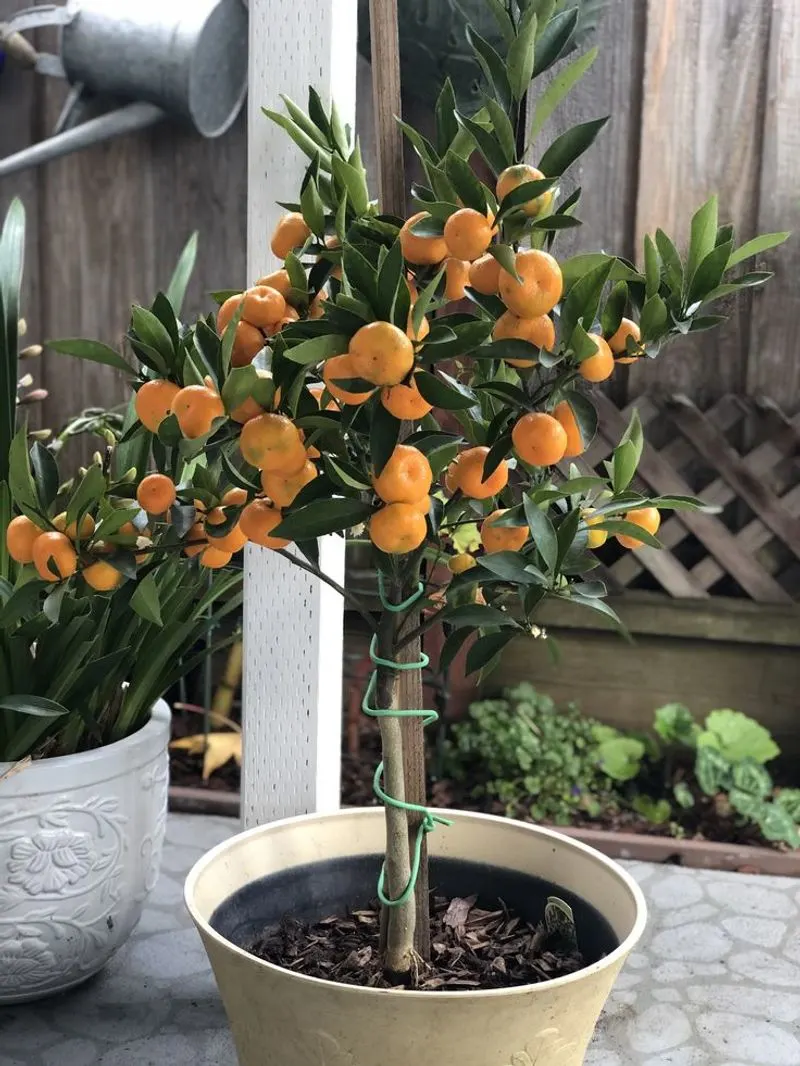
The choice of soil and pot significantly impacts your tree’s health. Citrus trees prefer well-draining potting soil, rich in organic matter. Consider using a pot with drainage holes to prevent root rot. Repotting every few years will provide fresh nutrients and room for growth. Choosing the right pot size is also essential; too large or too small pots can hinder the tree’s development. Tailor the soil mix to meet the specific needs of citrus trees, ensuring they have a strong foundation. You’ll be rewarded with a healthy and productive indoor citrus tree.
Watering Techniques
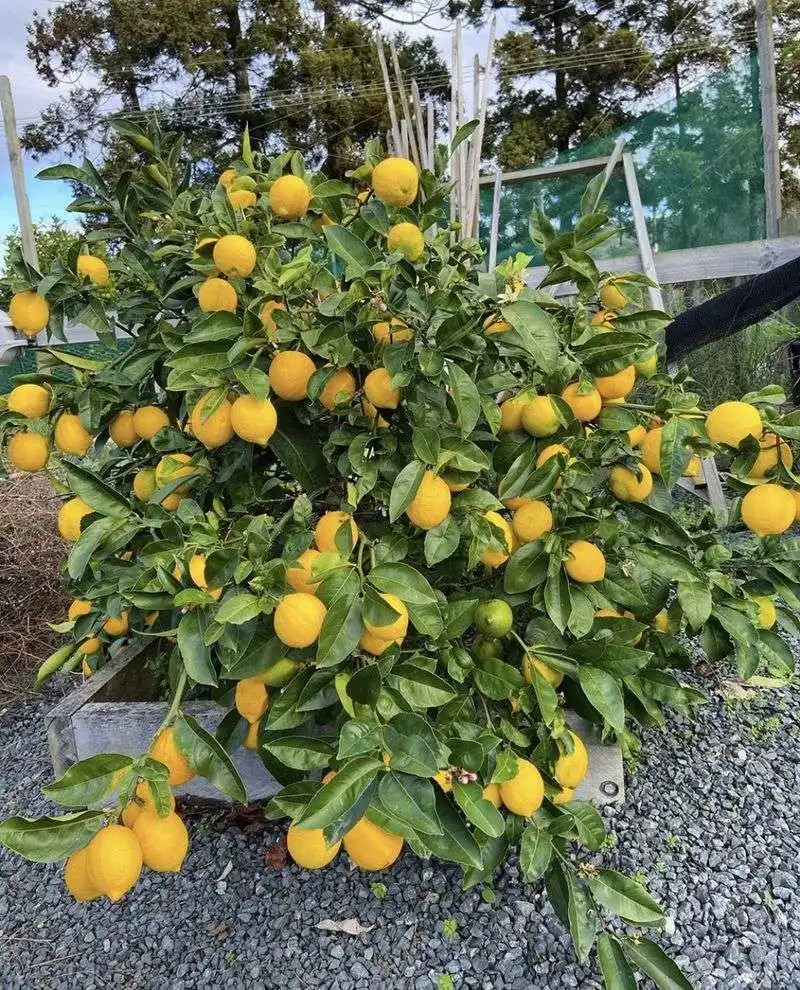
Watering is an art when it comes to citrus trees. Overwatering can be detrimental, leading to root rot. Allow the top inch of soil to dry out between waterings. Use a pot with good drainage and always check moisture levels before adding more water. The frequency of watering will vary with seasonal changes, so adjust accordingly. In winter, less water is needed compared to the growing season. Consistent watering practices ensure healthy root systems and robust fruit production. Understanding the balance will lead to a thriving citrus companion indoors.
Feeding and Fertilization
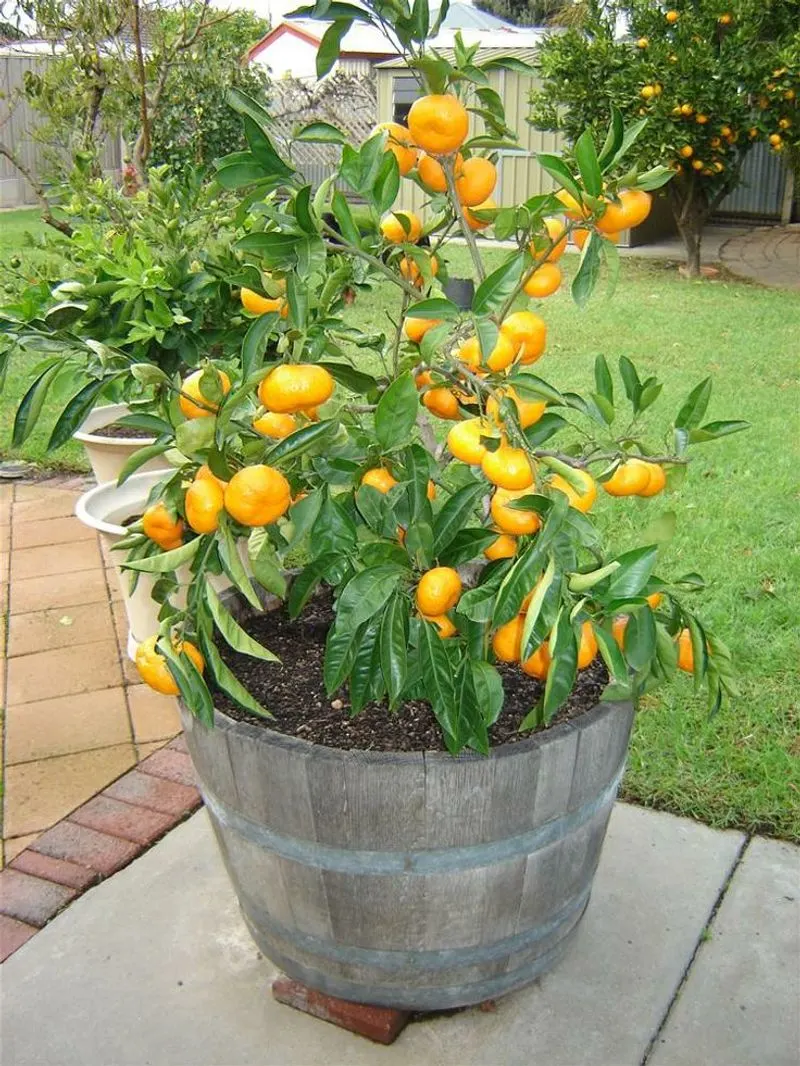
Feeding your citrus tree is vital for its growth and fruit production. Use a balanced, slow-release fertilizer specifically formulated for citrus trees. Monthly feeding during the growing season ensures steady nutrient supply. Be cautious not to over-fertilize, as this can harm the tree. A balanced approach will promote lush foliage and bountiful fruits. Nutrient-rich soil complements your fertilization efforts. Regular assessment of your tree’s health will guide your feeding schedule. Vibrant leaves and generous fruit yield are signs of a well-nourished tree, reflecting your diligent care and attention.
Pruning for Health and Shape
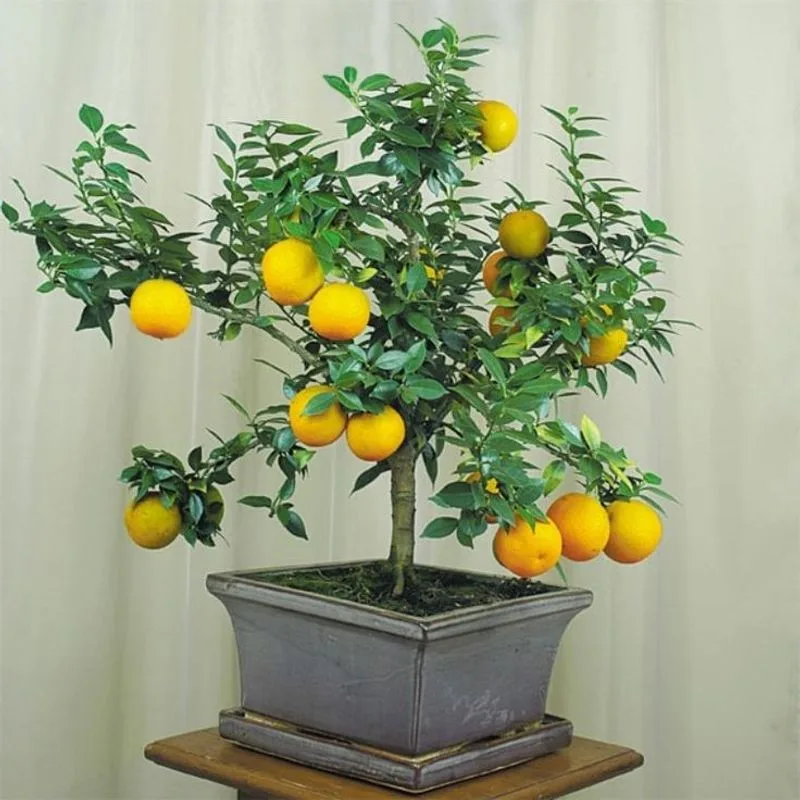
Pruning is not just about shaping; it’s essential for the tree’s health. Remove dead or diseased branches to prevent potential problems. Regular pruning encourages new growth and maintains the desired size, especially important for indoor trees. Use clean, sharp tools to make precise cuts, minimizing stress on the plant. A well-pruned tree is a happier, healthier tree, with open space for sunlight and air circulation. This care routine enhances fruit production and keeps your tree in top form. Embrace the art of pruning as part of your nurturing practice.
Pest Management
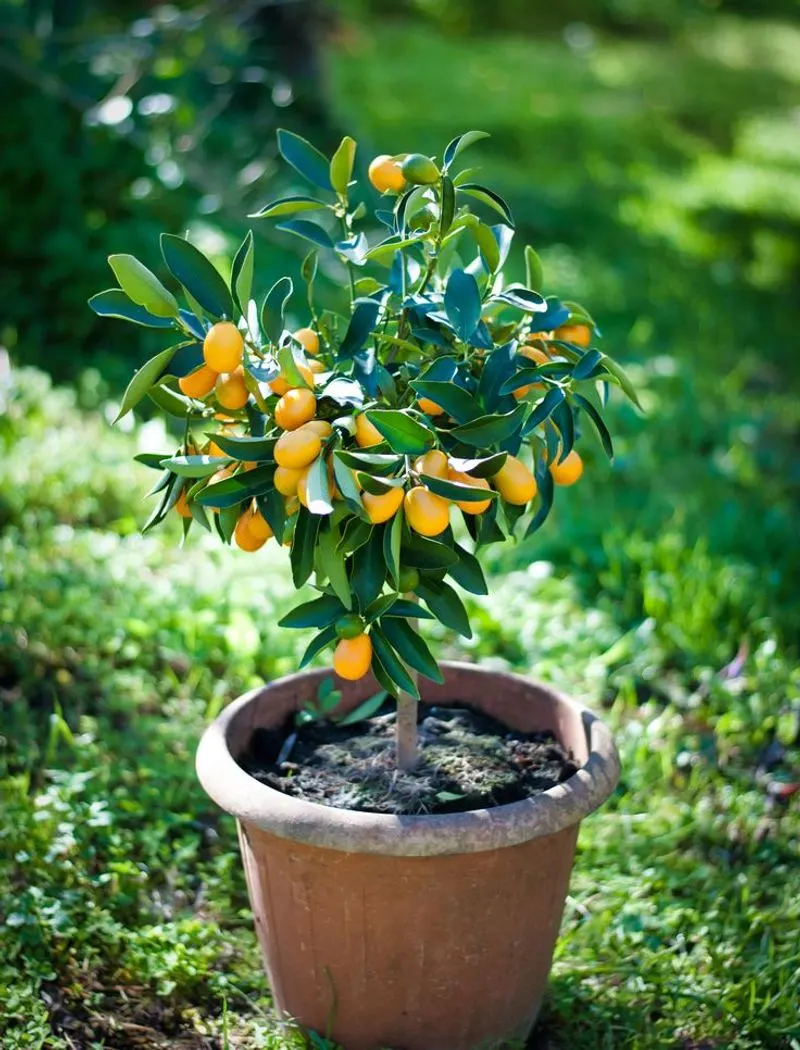
Pests can be a challenge for indoor citrus trees, but vigilance keeps them at bay. Regular inspection for common pests like spider mites or aphids is essential. Early detection allows for swift response, using organic or natural remedies to avoid harsh chemicals. A healthy tree is less susceptible to infestations, so maintain overall care with proper watering and feeding. Introduce beneficial insects or use neem oil as part of your pest management strategy. Keeping a close watch ensures your citrus tree remains vibrant and fruitful, free from unwanted invaders.

